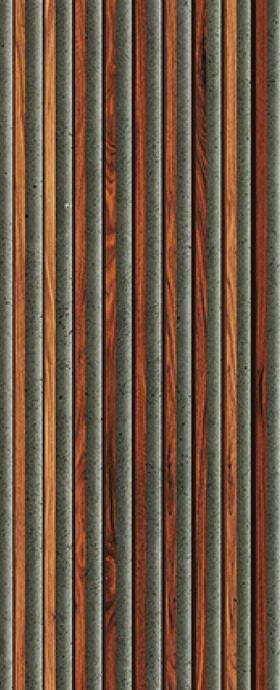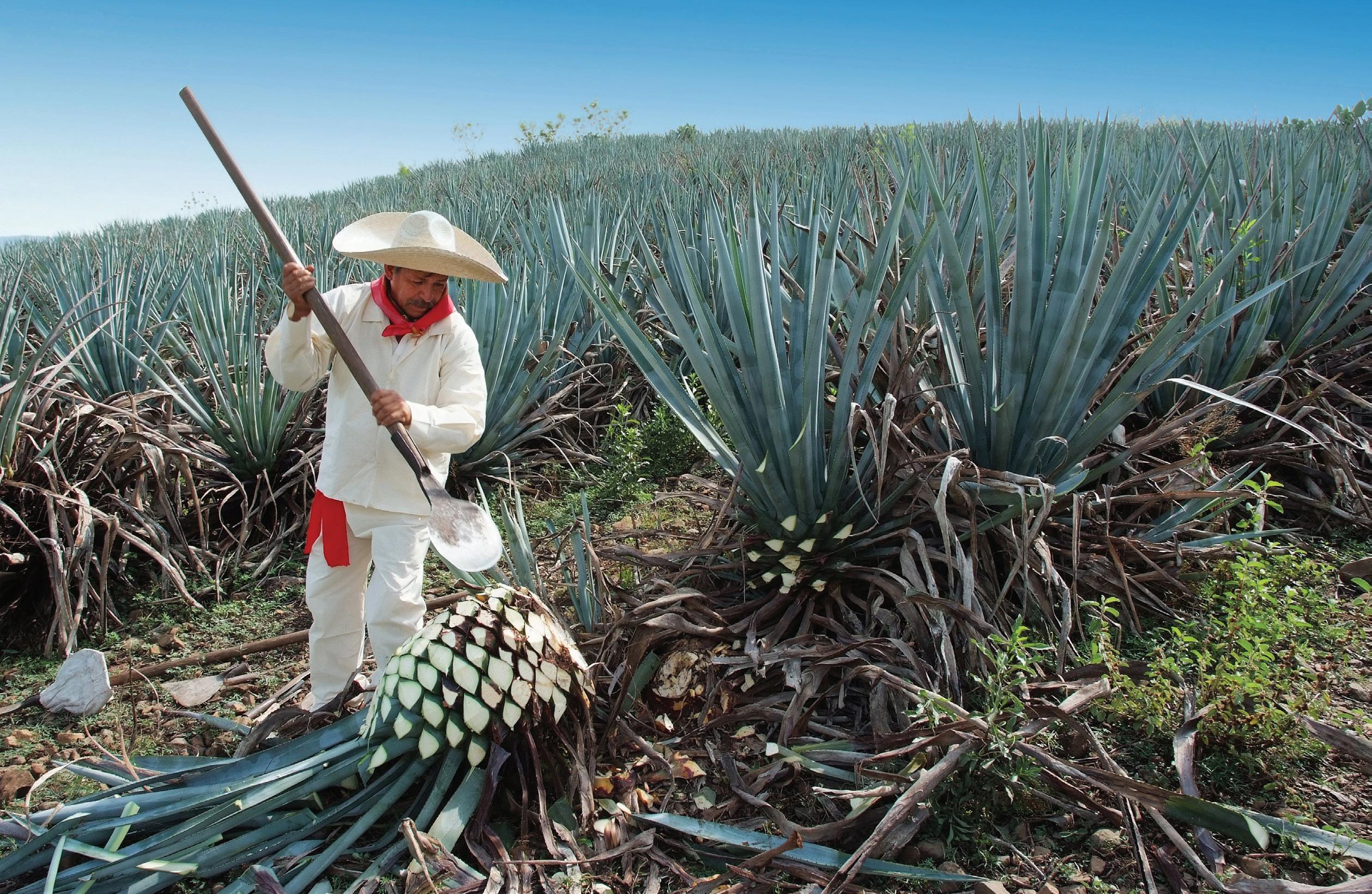
2 minute read
SUMMERTIME SPIRIT: TEQUILA! BEYOND THE MARGARITA
BY JIM DELYEA
What’s the difference between tequila and this new ‘mezcal’ that pops up on bar menus?
Well to start - a tequila is a mezcal, but a mezcal is not a tequila. (Got that straight?) Both are spirits made from the agave plant of which there are about 30 species that can be distilled to make mezcal. But only one of these plant species, the Blue Weber agave, is used to make tequila. So, you might experience a wider variety of flavors with mezcals with multiple agave species to play with, while tequila producers primarily use aging and agave cooking processes to create different tastes.
Most tequilas come from the Mexican state of Jalisco, but it can also come from Guanajuato, Michoacan, Nayarit, or Tamaulipas. And if it doesn’t it can’t be called tequila. Mexican regulations around mezcal are grayer and more controversial. Some producers have gotten around this by calling products “agave spirits” or similar. But one thing that is consistent with these spirits, no matter the name, is the types.
What are the major types of tequila?
While there are some newer categories and subsets, it’s important to know the three major categories as you stroll the aisles of your favorite warehouse liquor store. The wall of tequila options can be daunting. Keep in mind, each type has its place - depending on how you’re going to enjoy it. Let’s break it down.
Blanco
Also known as silver, is tequila in a pure form. It’s clear in color and bottled right after distilling. The sharp agave-forward taste shines through. You’ll often taste vanilla, pepper, and mineral notes. It’s the one to use for classic margaritas and palomas.
Reposado
This type of tequila experiences a bit of aging in oak barrels from a few months to a year before it’s ready for bottling. You’ll notice a golden color as well as a different flavor profile. The strong agave flavor is tempered with a balance of fruit, floral and spice notes. This one is the star of drinks like a tequila old fashioned, Mexican mule, or even margaritas or palomas if you like a smokier flavor.
Añejo
This one is known as the sipping tequila. It’s aged in oak barrels from one to three years. You’ll notice a deep golden hue. It can take on the smooth and silky notes of caramel, butterscotch, custard. Feel free to sip this one neat. Some use it as a whiskey substitute in cocktails.
Now that we have the basics, let’s talk about some summertime tequila cocktail recipes beyond the margarita.
El Diablo
(MADE WITH DON JULIO BLANCO TEQUILA) Herbal and peppery with rich and fruity Crème de Cassis. One of the world’s first famous tequila cocktails with a Don Julio twist.
Ingredients
• 1.5 oz Don Julio Blanco Tequila
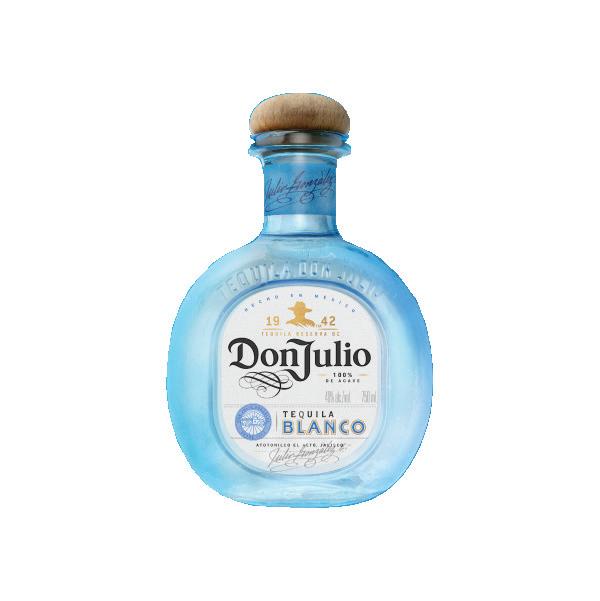
• 0.75 oz Fresh Squeezed Lime Juice
• 0.5 oz Creme de Cassis
• Top with Ginger Beer
Preparation
1. Add all ingredients except the ginger beer into a shaker.
2. Add ice and shake for about 10 seconds.
3. Strain over a highball glass filled with ice.
4. Add the ginger beer and any garnish.
5. Enjoy!
Paloma
(MADE WITH PATRÓN RESPOSADO TEQUILA) Patrón Reposado perfects this classic cocktail alongside refreshing grapefruit juice and sparkling water.
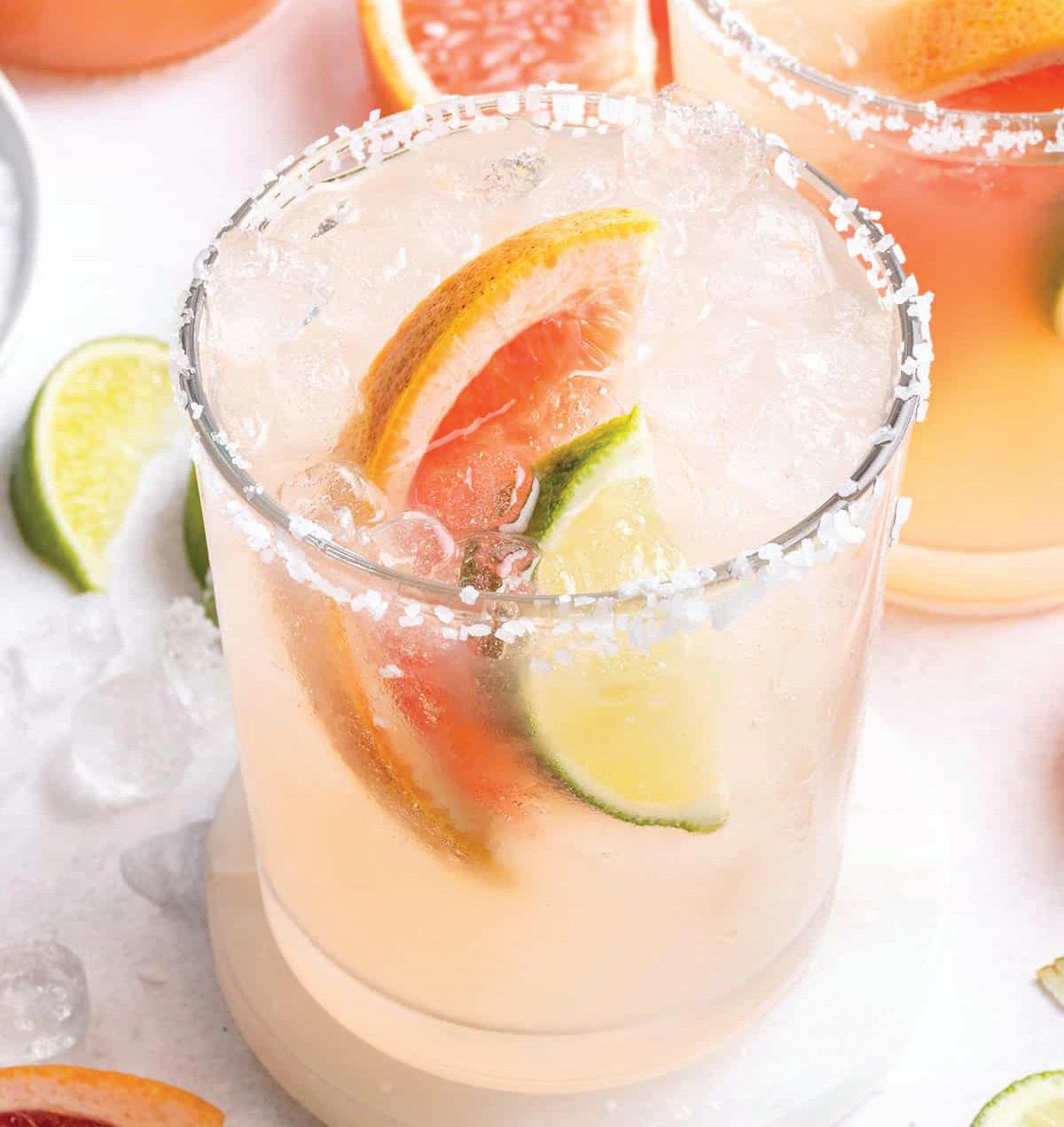
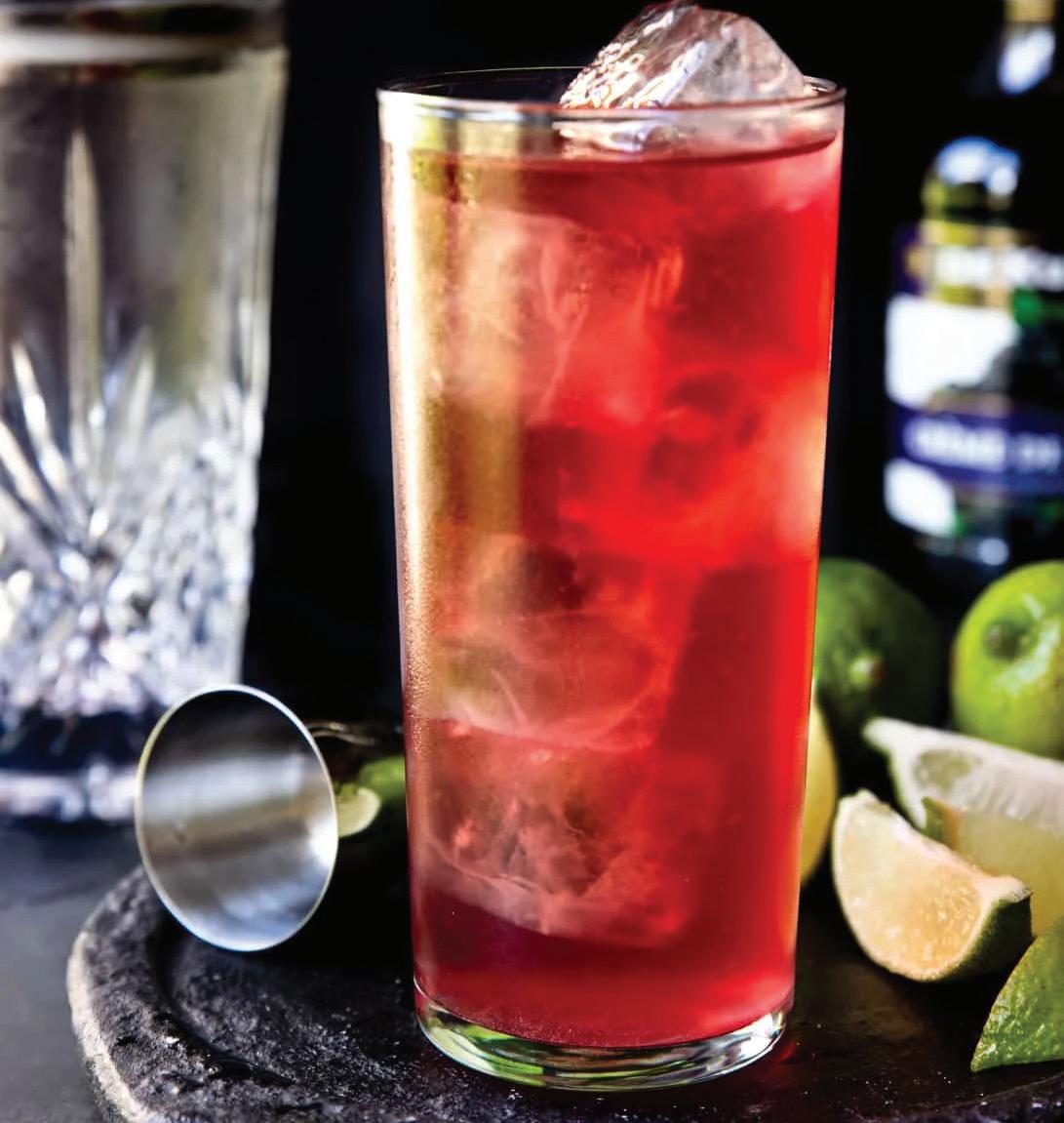
Ingredients
• 1.5 oz Patrón Reposado Tequila
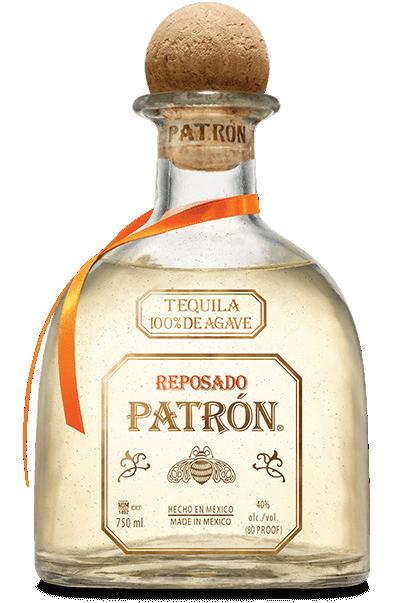
• 3 oz Fresh grapefruit juice
• .5 oz Agave syrup (1:1)
• .5 oz Fresh-squeezed lime juice
• 1 oz Sparkling water
• + Sugar and salt for rimming
• + Grapefruit wedge for garnish
Preparation
1. Combine all ingredients except sparkling water in a shaker tin and shake with ice to chill.
2. Strain onto fresh ice in a sugar and salt rimmed Collins glass.
3. Top with sparkling water and garnish with a grapefruit wedge.
4. Enjoy!
Manhattan
(MADE WITH HORNITOS AÑEJO TEQUILA)
A twist on the classic whiskey drink.
Ingredients
• 1.5 oz Hornitos Añejo Tequila
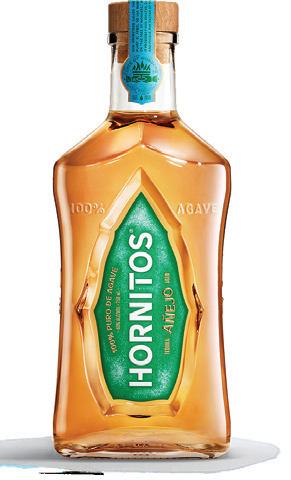
• .5 oz Sweet Vermouth
• 1 tsp Maraschino Cherry juice
• + Maraschino Cherry for garnish
Preparation
1. Combine all ingredients over ice.
2. Stir.
3. Strain into cocktail glass.
4. Garnish your tequila Manhattan with a Maraschino Cherry.
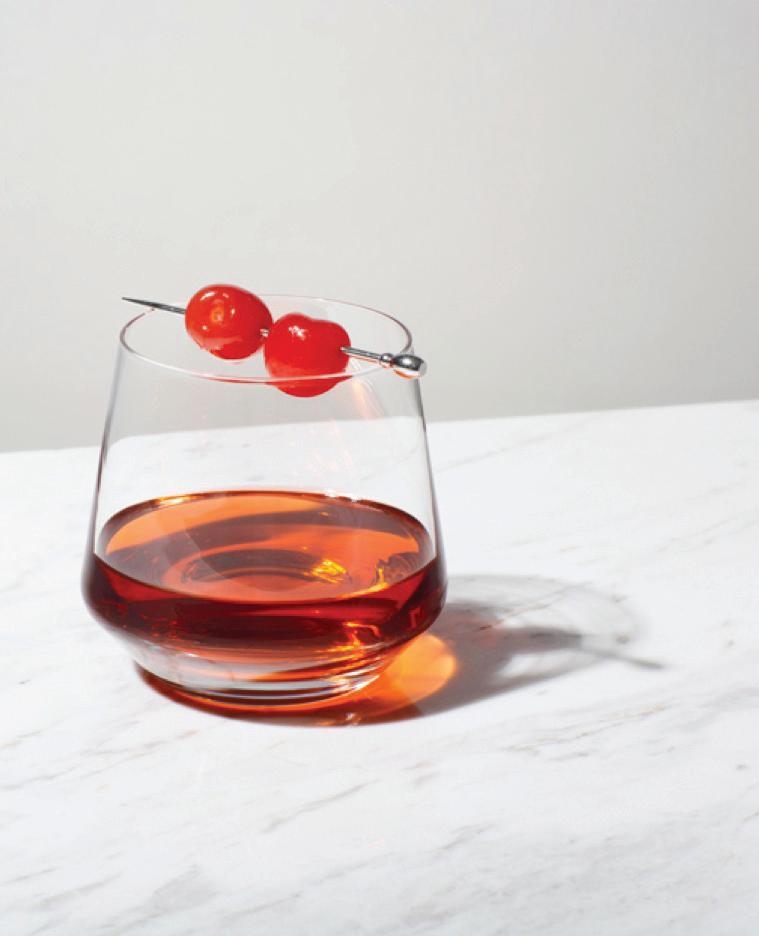
5. Serve up, no ice.
6. Enjoy!

